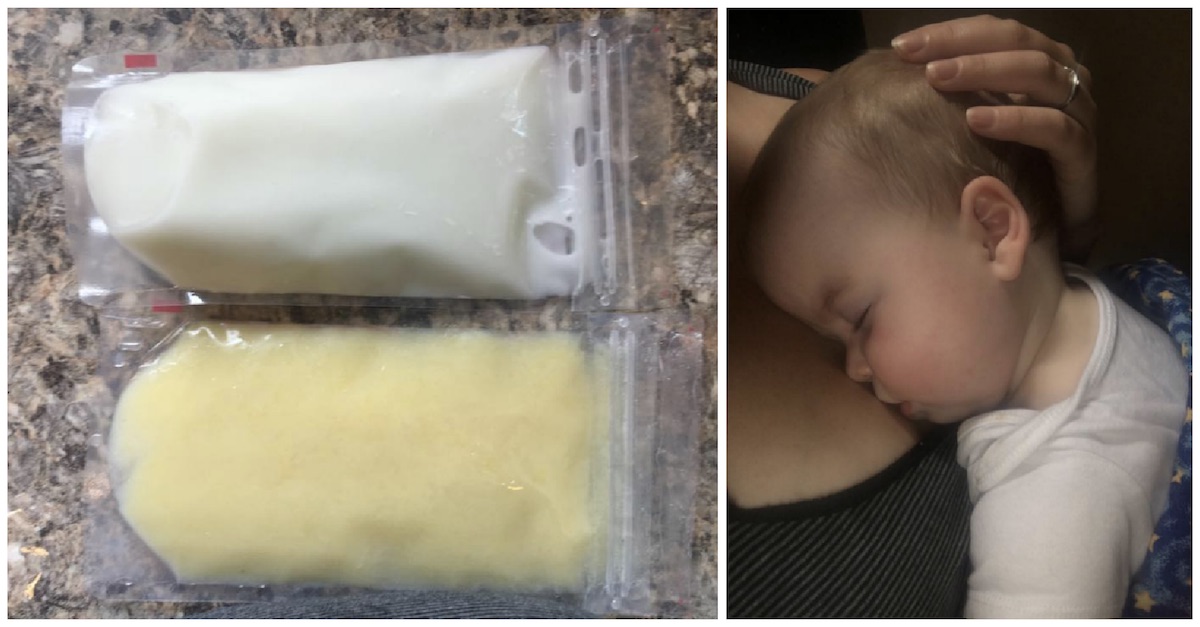
Moms who breastfeed their babies know that breast milk changes color.
For instance, colostrum, the first breast milk your body makes, is often orange or yellow because it's so full of nutrients.
Breast milk also changes color when moms eat certain foods, especially if they have colorful dyes in them — the milk may reflect the color of the food consumed. That means it's not unusual for breast milk to be tinged slightly blue, green, red, or pink.
But breast milk is actually way more sophisticated than just passing colors through — the saliva from babies' mouths can indicate to the mother's body when the baby needs certain antibodies.
More from LittleThings: After Adopting 2 Girls, Couple Wakes Up To Find Hate Graffiti Spray-Painted All Over House
One mom, Ashlee Chase, documented this incredible color change. When her daughter, Elliot, got a fever, Ashlee nursed her and continued to pump milk as well. When she compared the milk to milk from a few days before, she realized how significant the difference was.
[H/T: ScaryMommy]
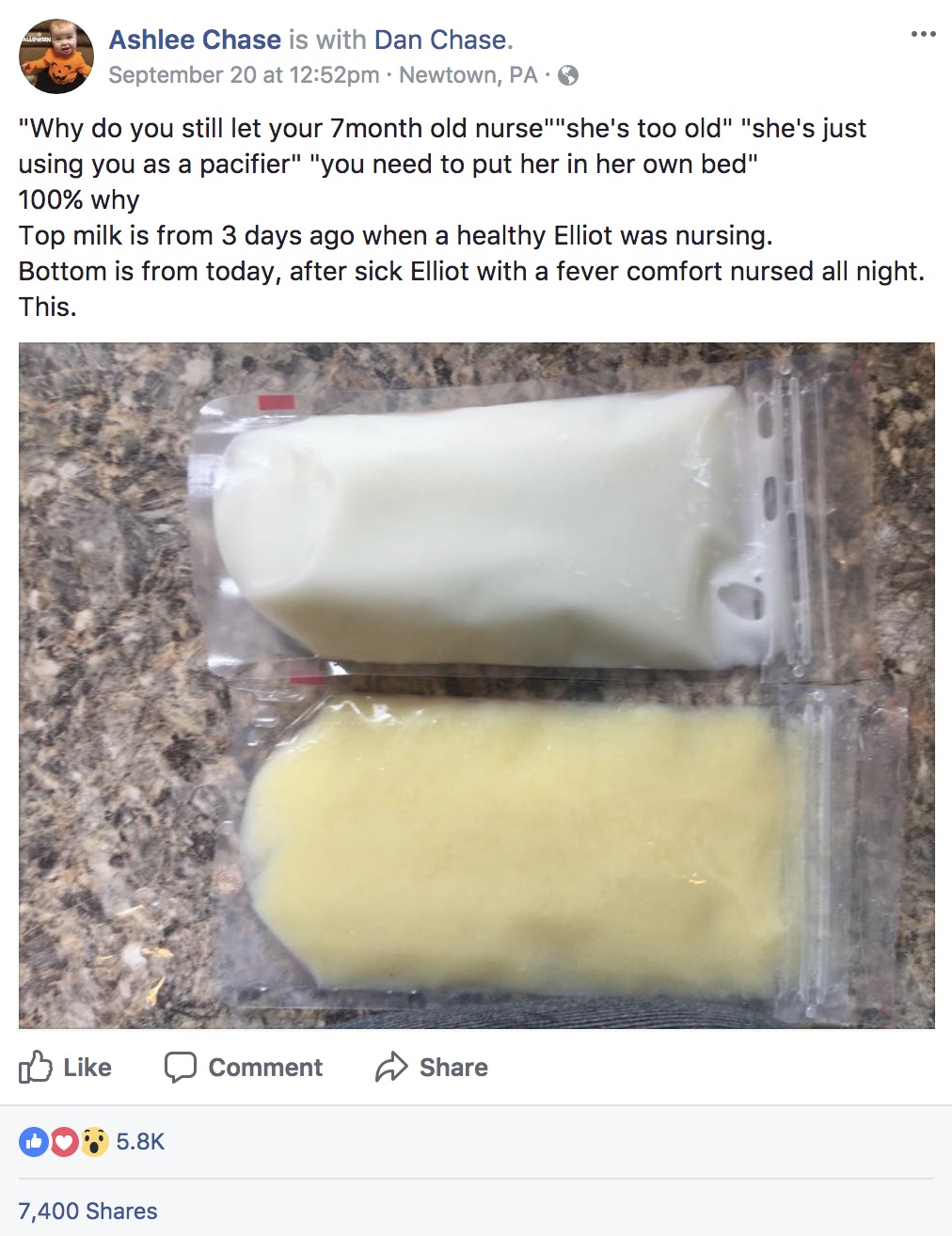
Ashlee shared her photo to Facebook on September 20, 2017, and it got a lot of attention.
To date, the post has over 5,800 reactions and 7,400 shares.

Ashlee wrote:
“Why do you still let your 7 month old nurse?” “She’s too old.” “She’s just using you as a pacifier.” “You need to put her in her own bed.”
[This is] 100% why.
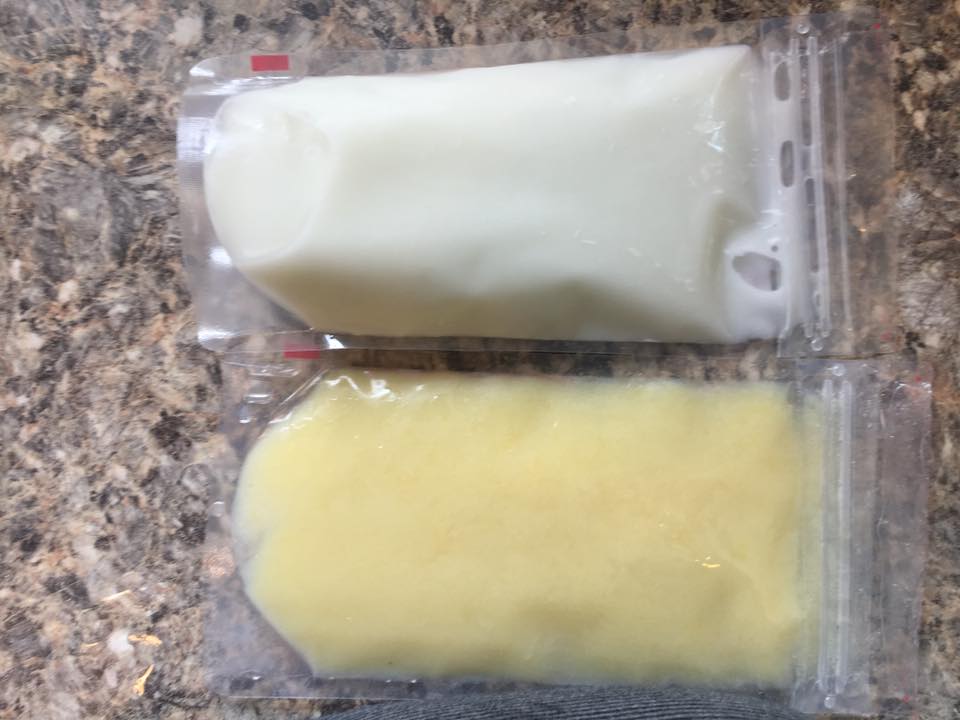
Top milk is from 3 days ago when a healthy Elliot was nursing.
Bottom is from today, after sick Elliot with a fever comfort-nursed all night.
This.
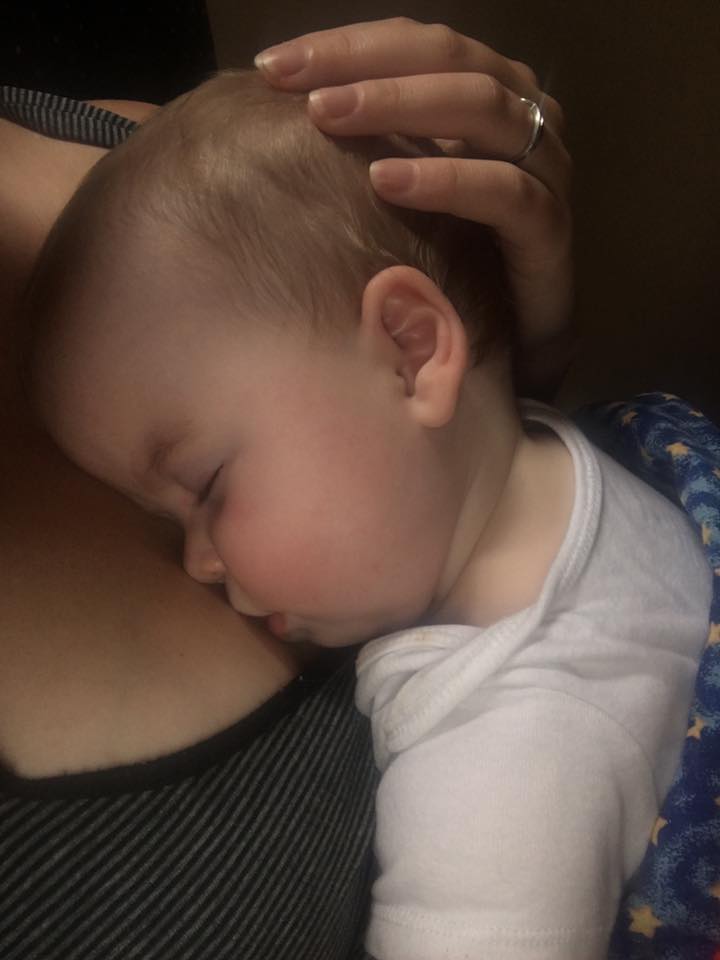
Ashlee was worried about the change in color, so she talked to Elliot's pediatrician, who assured her it was totally fine.
In fact, it was more than fine, it was extra healthy. The reason the breast milk changed color was because it had extra fat and antibodies in it to help Elliot get better faster.
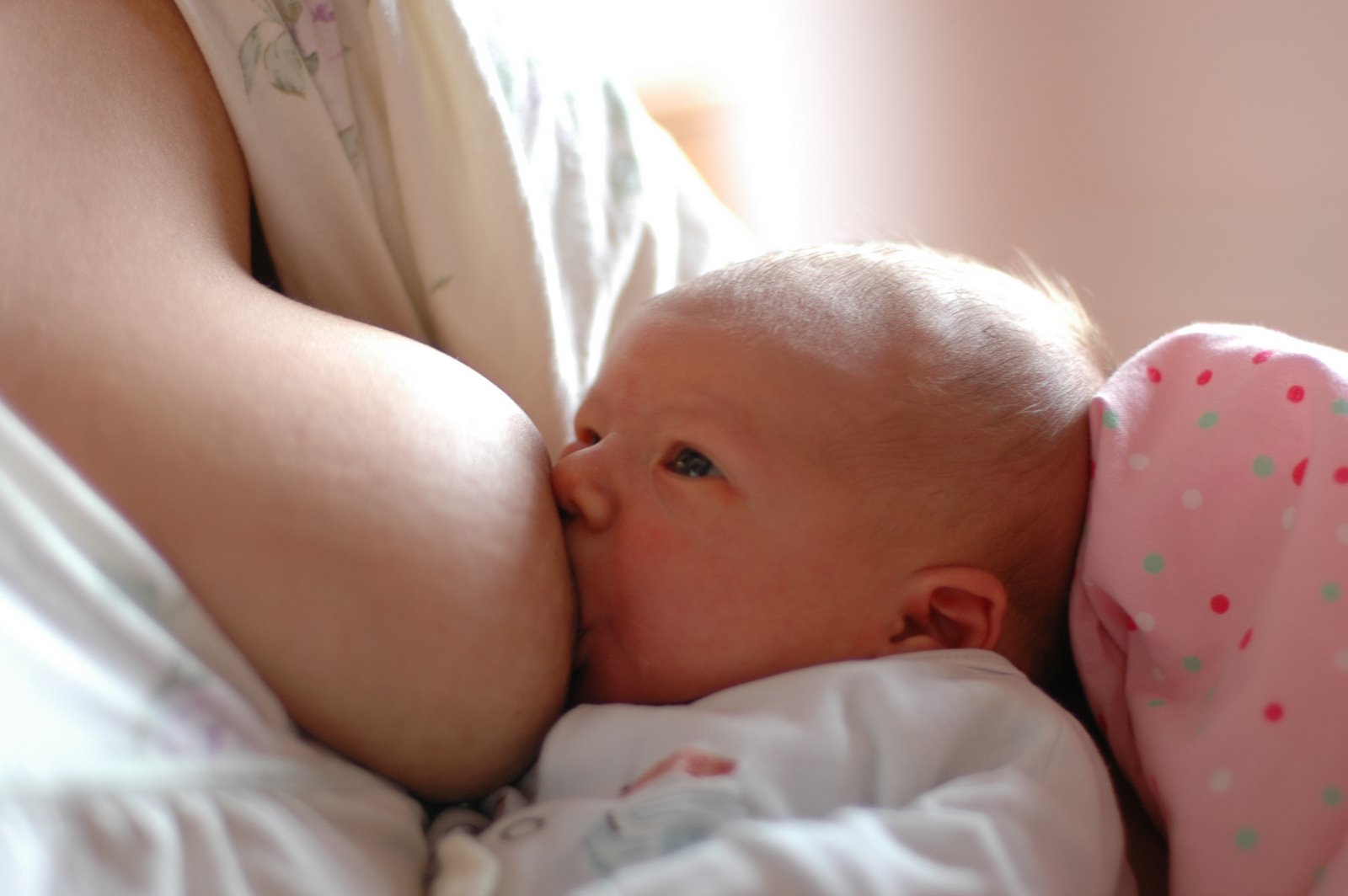
So how exactly does this work? Good question.
When a baby nurses while sick, microorganisms from their mouth can be transferred back to the breast. This may stimulate a local immune response in the mother.
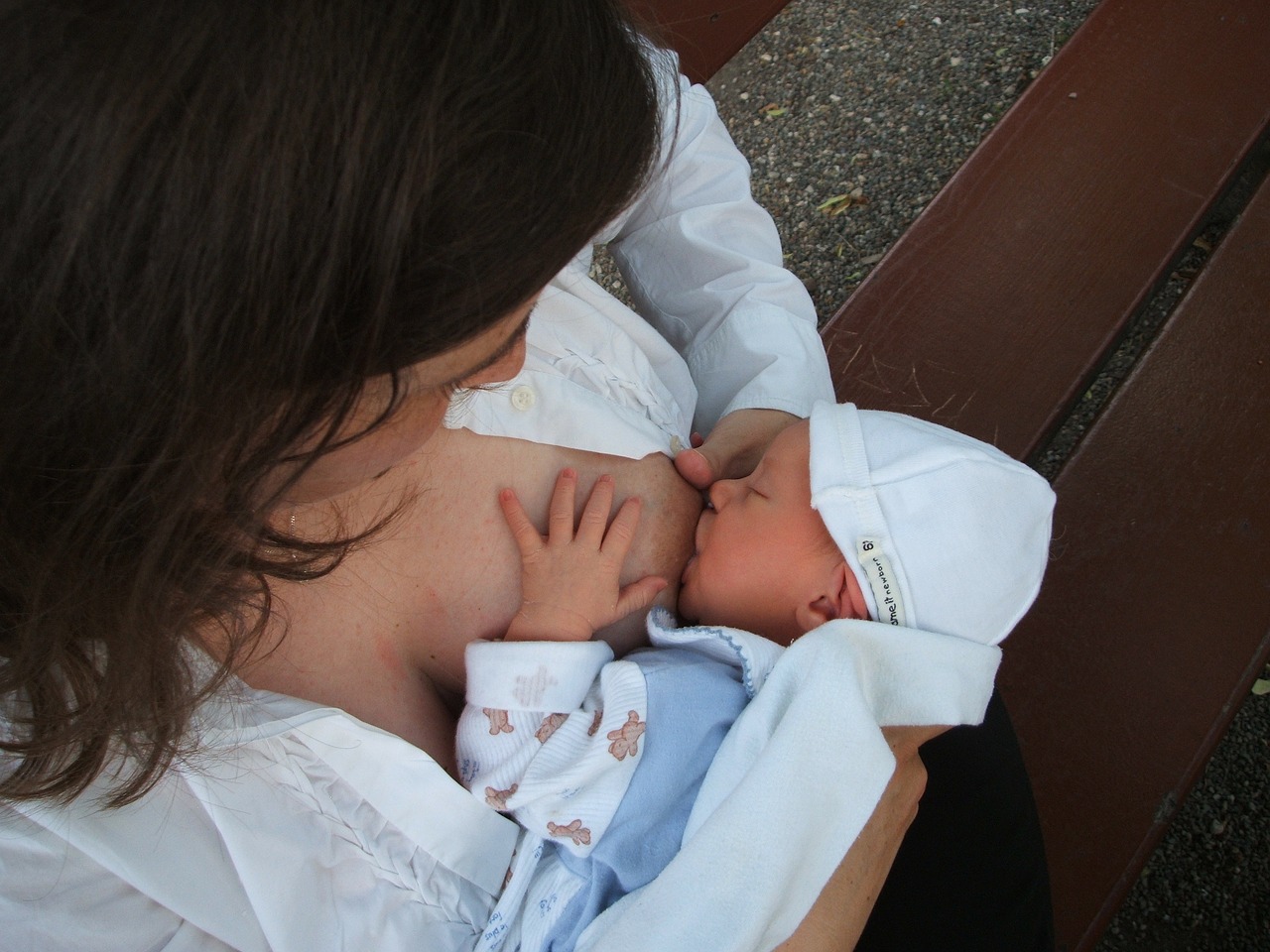
According to a study in Pediatric Research, "immunilogic factors in breast milk [can] change in response to nursing infants' infection."
Many mothers notice that their breast milk changes when they themselves are sick, but it can also change when their little one is sick.

Another study published in Clinical & Translational Immunology explains that breastfeeding can transfer immune factors from mother to baby.
If the mom gets sick, her breast milk will change to help the baby fight that same illness or infection.

What this shows is that women's bodies are truly incredible.
Of course, mothers who don't nurse (whatever the reason may be), are still more than capable of keeping their babies' healthy.
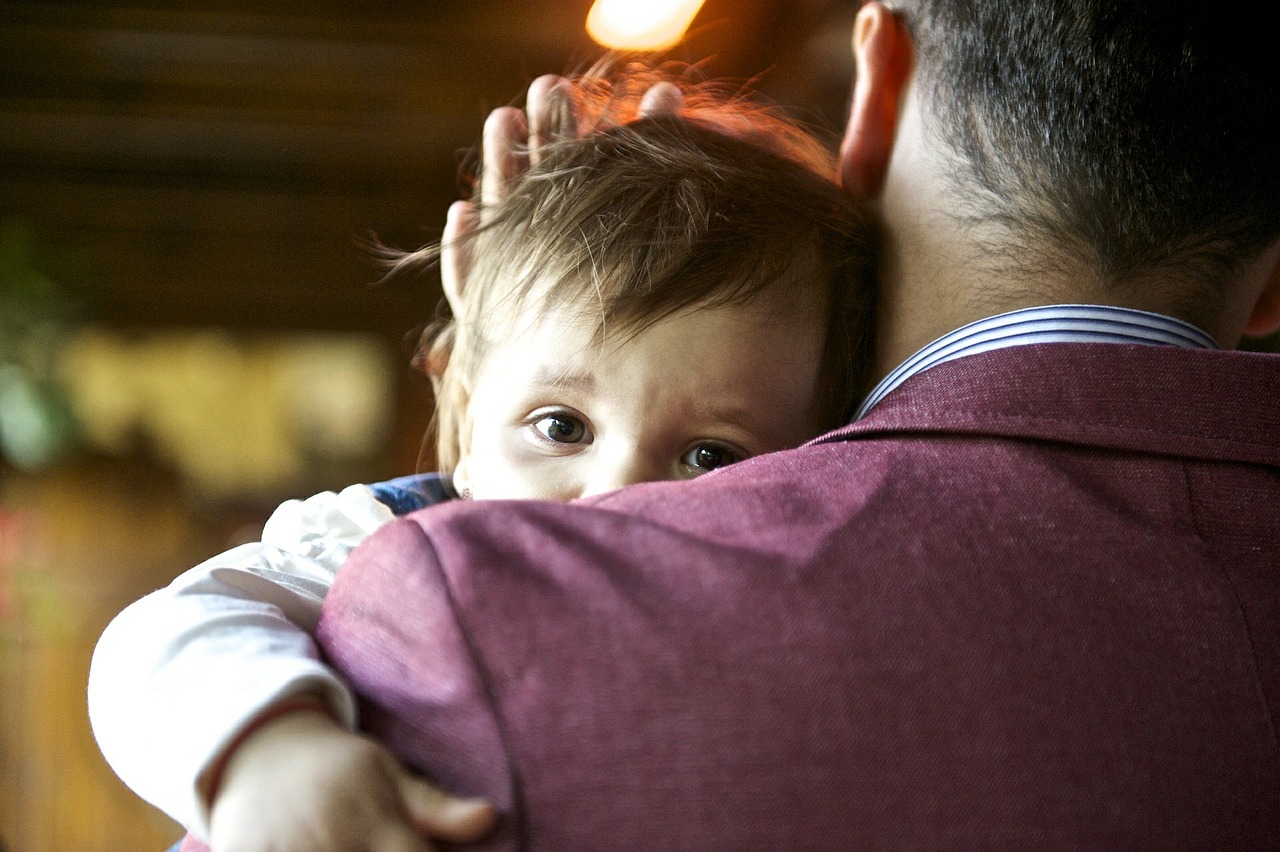
Not only are children great at boosting their own immune systems (from playing in the dirt, licking everything in sight, and just generally being messy), moms boost their children's immune systems by sharing good bacteria through hugging, kissing, and loving them.
Fellow moms on Facebook were quick to applaud Ashlee for sharing her story, while offering up their own perspectives on breast feeding. One mom Emily commented:
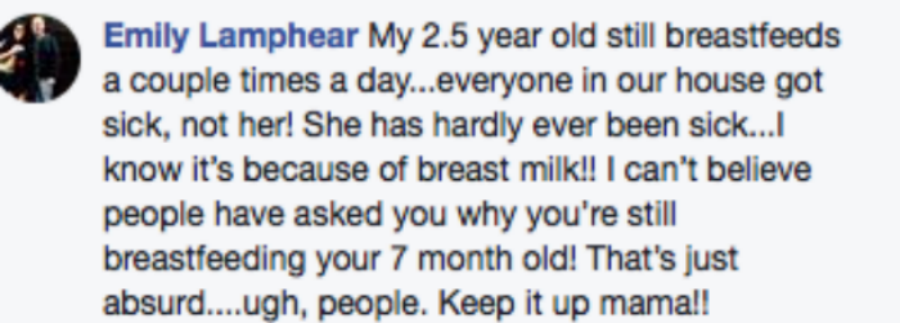
Another mom Tracy wrote:
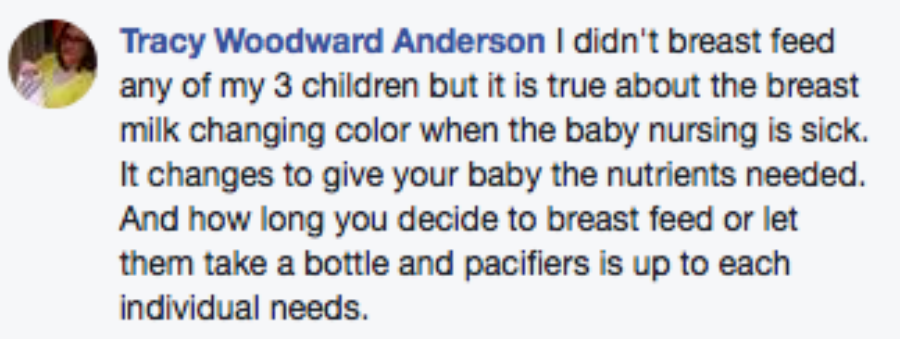
Serena shared her perspective, writing:

And mom Jamie wrote:

Yes, mommas do rock!

Please SHARE this article if you think this breast milk photo is absolutely incredible!




